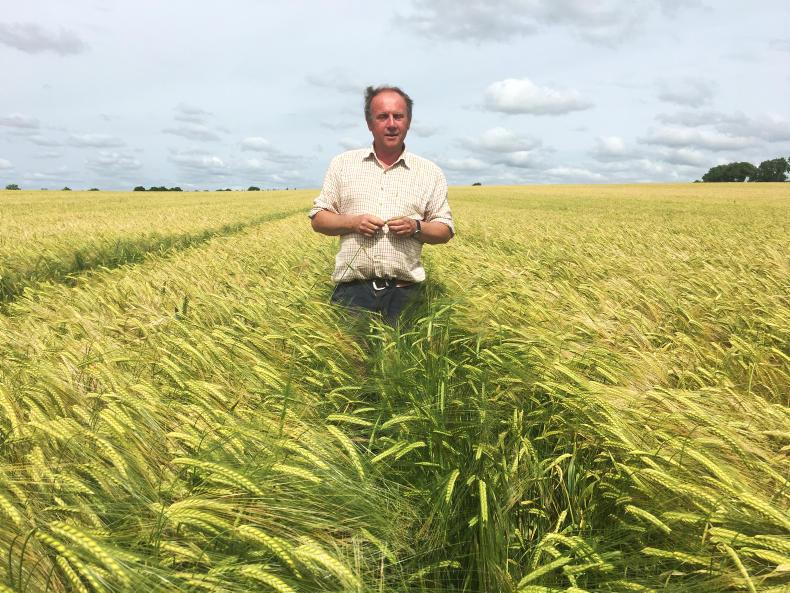I returned from the holidays a little early to begin spraying off the rape. In truth, I was tired of relaxing. We were staying in the former lighthouse keeper’s cottage on Loop Head in Co Clare. Our two older daughters joined us – we picked them up in Shannon airport – and the contrast in lifestyles between London and Loop Head could not be greater.
But while they were well away from their bustling city lifestyles (and even wi-fi, which didn’t go down well), they weren’t completely away from the bright lights.
The lighthouse in Loop Head is automated and in the hours of darkness sends out four reassuring flashes of light every 20 seconds. But thankfully the fog horn is gone.
Sadly, the day and age of lighthouses is nearly over. Their ultimate demise is being presided over by GPS technology. It’s the same technology which now means any fool can drive an arrow-straight tramline and presumably a ship in darkness or fog.
Loop Head is chiefly intensive dairy country – as opposed to sucklers – and there are many dairy farms, most of which probably have 80 or more cows. As you may know, I hold the Clare farmers in high regard and, to misquote Otto von Bismarck, if the Clare farmers lived in Meath they’d feed the world and if the Meath farmers lived in Clare we’d starve.
So, the countdown to harvest 2017 has begun, with the earliest crops of rape now desiccated.
I also sprayed off the first of the unevenly ripe winter barley, which should mean a start date to harvest on around 18 July, which is fairly typical. I’m optimistic for all the crops really, provided we get some decent weather to harvest them.
There is some of the dreaded ear blight in wheat (particularly Torp) but we should be OK.
I approach harvest with, I think, a greater calmness than heretofore as we have enormous firepower with the new (to us) Claas combine which should be capable of clearing 75 acres per day.
Even if the weather doesn’t fully cooperate, small windows will allow for significant work to be done. But I thought the same when we moved from 12m to 24m tramlines. Work always seems to have the habit of expanding to fill the time (or weather) available.
However, we are not yet cleared out of wheat, which doesn’t allow a lot of time to clean and spray the grain stores. I am paranoid about grain store hygiene and pride myself in never having a mite or weevil problem. But it’s relatively easy when we don’t buy in any grain or straights.
We always used Reldan which, being an organo-phosphorous compound, is nasty, so I welcomed Bayer’s newer and much safer K-Obiol with open arms.
However, it seems that K-Obiol doesn’t do mites, so unfortunately some Reldan will still have to go into the mix.
Finally, it would be remiss of me not to mention the open day in Oak Park. I’ve nothing to do with Teagasc but I have to say it was an excellent day and well organised. It’s extremely encouraging to see so many young researchers working in tillage crop developments. In terms of information gathering, it was superior to the Cereals event in the UK, which isn’t worth the effort unless you’re looking for a new sprayer.
Perhaps the Oak Park day could develop further with more machinery stands and possibly become the premier arable event in these islands.
The potential is there and Oak Park as a venue, in terms of location, access, soil type and research and development, is second to none.






 This is a subscriber-only article
This is a subscriber-only article










SHARING OPTIONS: